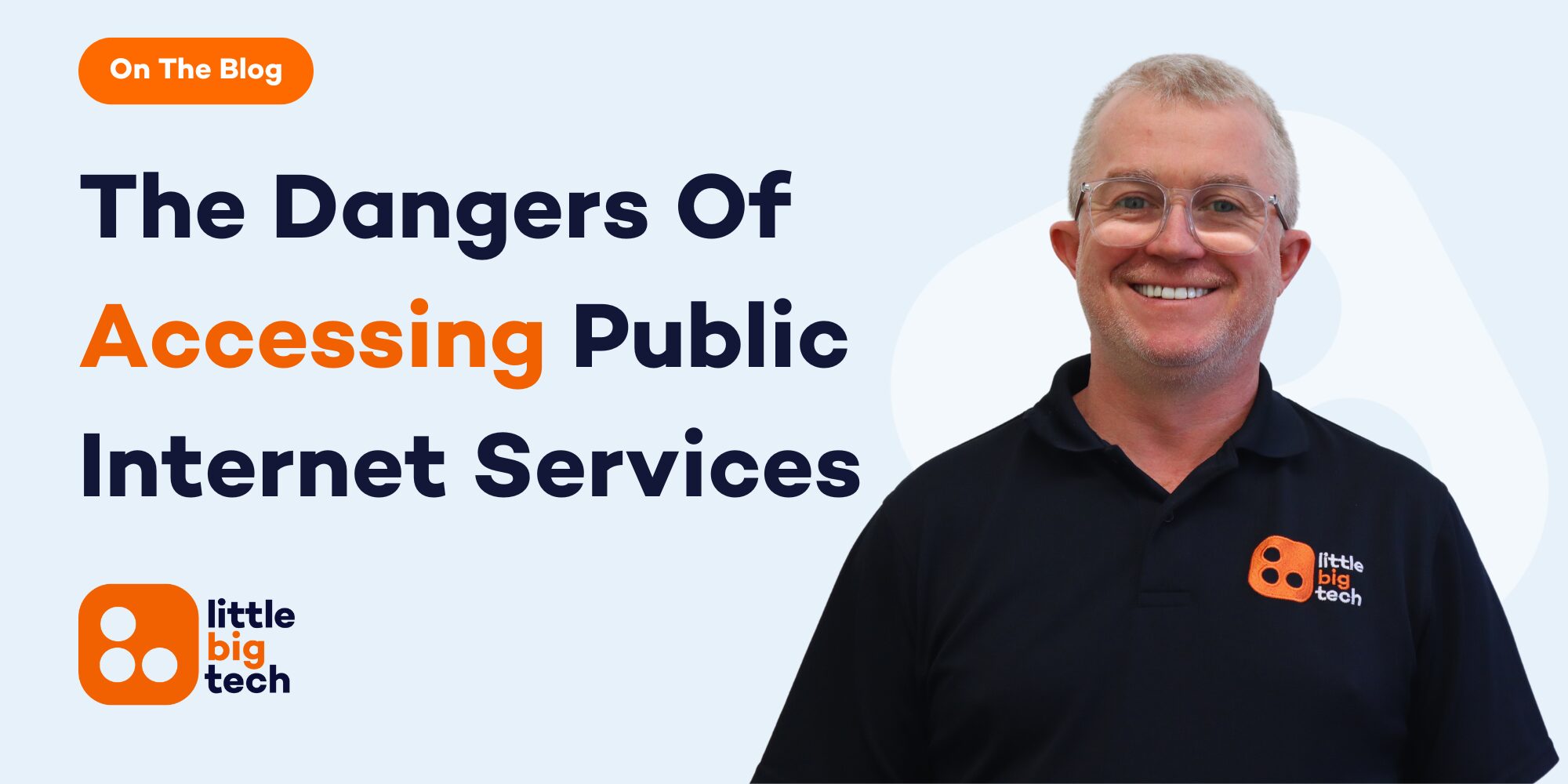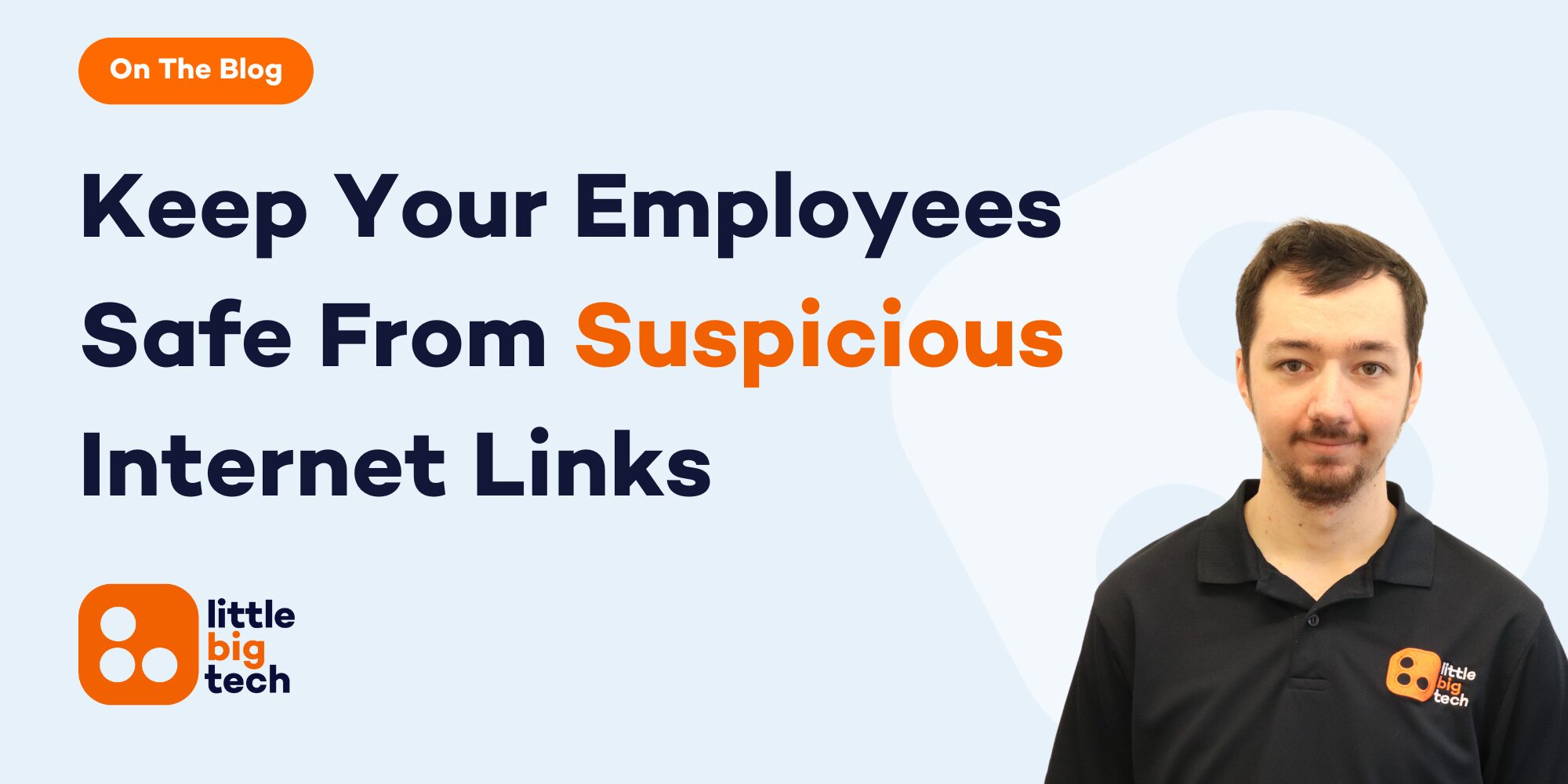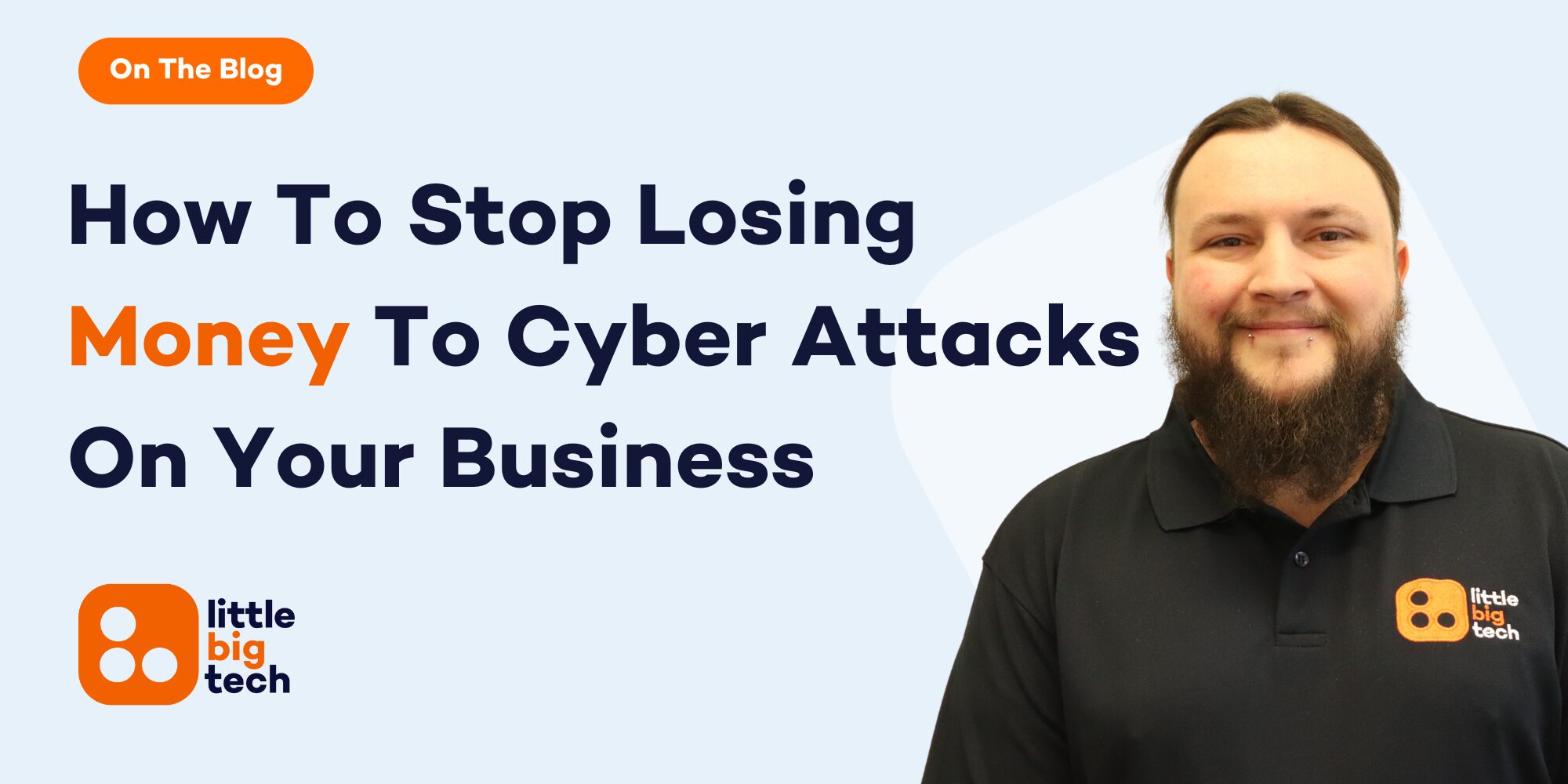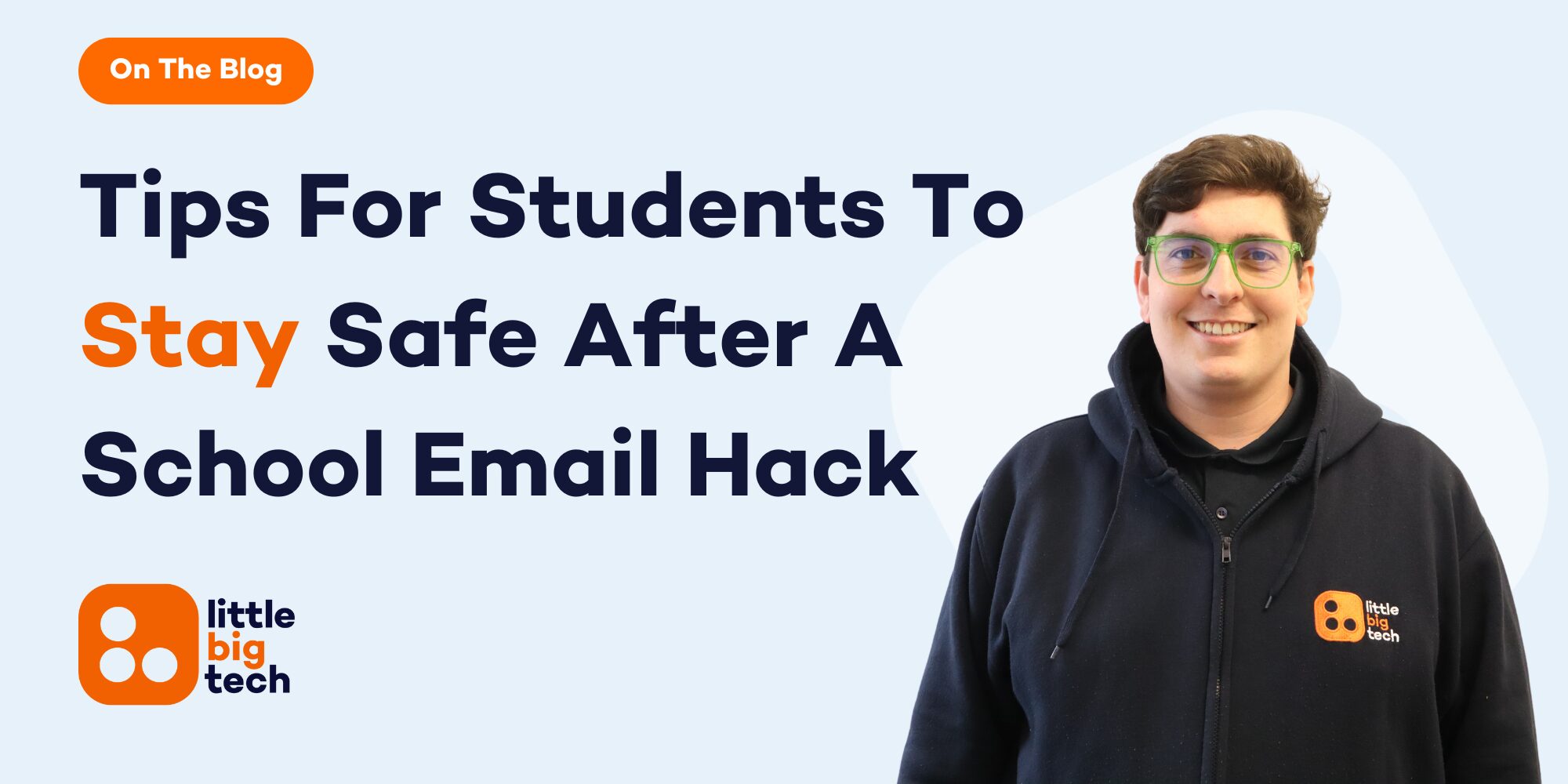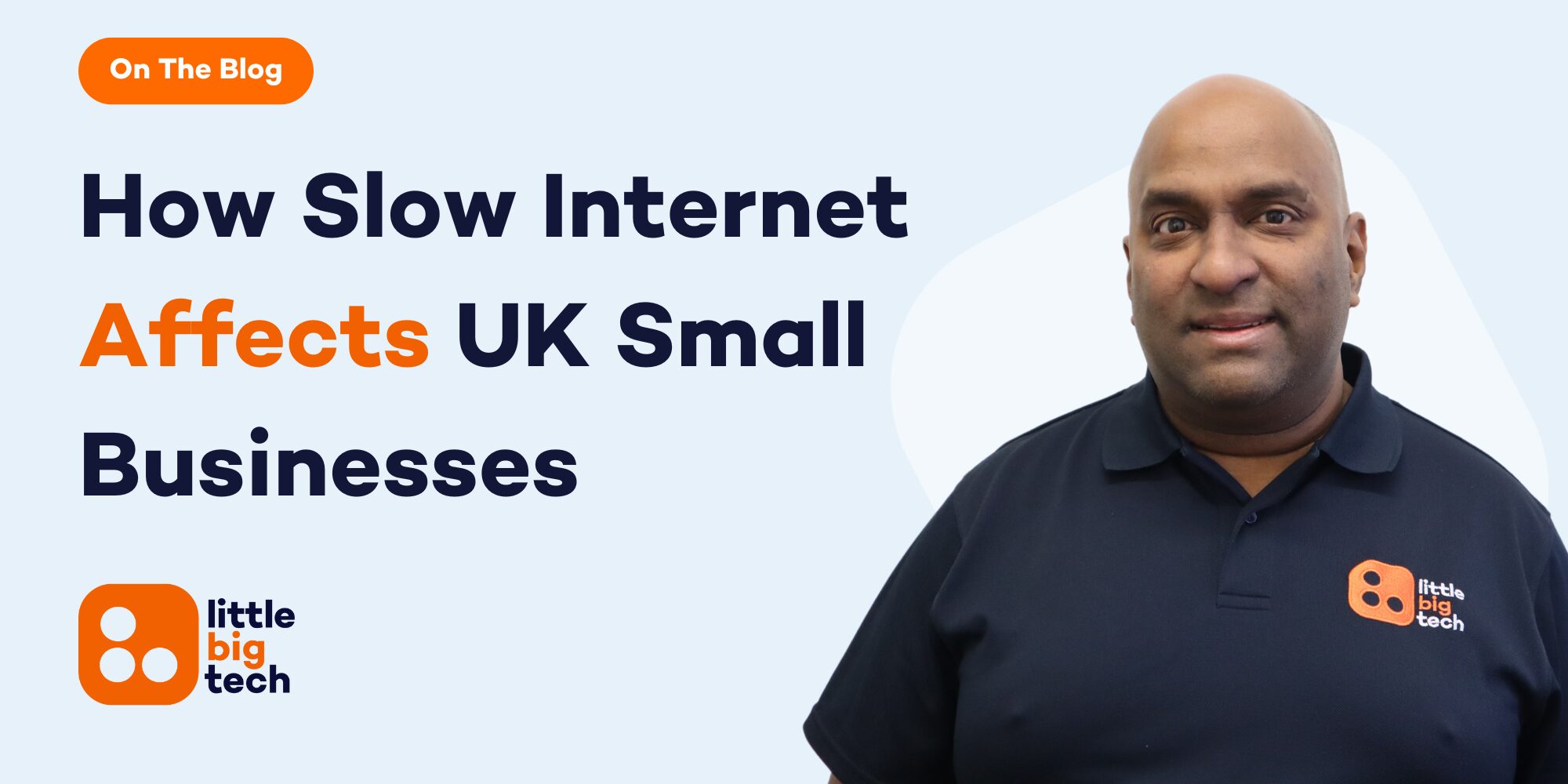Using public WiFi might seem harmless, but the dangers of using public WiFi are more serious than most people realise. Whether you’re working from a coffee shop, shopping online at the airport, or checking your emails on a train, that free WiFi could be putting your personal data at risk.
Hackers often target public networks because they’re usually unsecured. They don’t need your password — all they need is for you to connect. Once you’re in, they can quietly monitor your online activity, steal passwords, access your bank details, or even install hidden software on your device. And most of the time, you won’t even know it’s happening.
If you run a business or work remotely, the dangers of using public WiFi are even bigger. One quick email check from an open WiFi spot could expose your company’s entire system to threats. Many people don’t take action until it’s too late. But a little awareness now can stop major problems later.
This article breaks down what you really need to know about public WiFi risks and what you can do today to stay safe. From spotting red flags to using protection tools, we’ll walk you through simple, smart ways to keep your data secure.
Let’s look at what makes public WiFi risky — and what you should do every time you connect outside your home or office.
How Hackers Use Public WiFi To Steal Your Data
Hackers love public WiFi because it’s one of the easiest ways to steal data without getting caught. The moment you connect to a free network in a café, hotel or airport, your device becomes an open book if you’re not careful.
One of the most common tricks is the man-in-the-middle attack. This is when a hacker secretly slips between you and the network you’re using. You think you’re talking to the website or app, but you’re actually sharing everything with a hacker first. They can see what you type, read your emails, and even steal login details.
Another method is called packet sniffing. Every bit of data that travels over a WiFi network is sent in little chunks called packets. Hackers can use basic tools to collect these packets and piece together private information like your emails, browsing history, or passwords. It’s like reading someone’s mail as it flies through the air.
Even more dangerous are fake hotspots. These look like genuine WiFi networks with names like “Free_Coffee_Shop_WiFi” or “HotelGuest.” Once you connect, the hacker behind it has full control. They can record everything you do online, from logging into bank accounts to typing out confidential work notes.
Many public networks don’t use encryption. That means anything you send or receive isn’t protected. If you use an app or website that doesn’t have HTTPS, you’re basically handing over your data in plain text.
What’s most at risk? Your passwords, emails, credit card details, and even your photos can be stolen. If you use cloud services or apps that auto-sync, a hacker could get into your accounts even after you’ve disconnected.
And if your work device is compromised, the hacker could find stored client documents or access your company systems the next time you’re online.
It’s not about avoiding WiFi altogether — it’s about being aware of what really happens when you connect to the wrong network. In the next section, we’ll explain why it’s even more serious when you’re using work laptops or phones in public.
The Dangers Of Using Public WiFi With Work Devices
The dangers of accessing public WiFi with work devices go far beyond personal inconvenience. When you’re dealing with company data, the stakes are higher. Using a work laptop or mobile phone on a free network can expose sensitive information that puts your entire business at risk.
Hackers know that employees often check emails, access shared files or log into platforms like CRMs and cloud drives while working remotely. If the connection isn’t secure, attackers can intercept login details and company information. One breach can expose client names, financial records, contracts or even payment details.
This isn’t just a technical problem — it’s also a legal one. If personal data is leaked due to a weak WiFi connection, the business could face GDPR violations, which means fines and serious damage to your reputation. Many companies don’t realise how much risk they carry by letting staff work on public networks without protection.
It gets worse when remote teams work from cafes, hotels or co-working spaces. Most employees assume these places are safe, but they’re usually using unsecured connections. All it takes is one moment of carelessness and a hacker can get access to your company systems through an unprotected device.
Even background apps syncing on your device can be vulnerable. For instance, an email app checking messages or a cloud drive updating in real-time might hand over login details to anyone snooping on the network.
These risks are very real, which is why support that protects every endpoint is essential. Proper setup, encrypted connections, and regular security checks should be standard for any business letting staff work remotely.
One smart way to avoid these problems is by making sure your devices and networks are properly configured and supported. If you’re not sure how secure your setup is, it’s time to get expert advice.
You can also read more about the benefits of proper IT support across your team, which ensures you’re protected even when outside the office.
Signs Your Device Might Be Compromised After Using Public WiFi
After using public WiFi, your device might show certain signs that it’s been affected by a hack or malware. Many people miss these signs at first, which gives attackers more time to steal information. Below are key things to look out for:
1. Slow Device Performance
If your device suddenly starts lagging, freezing or crashing more than usual, it could be because of harmful software running in the background. Hackers often install tools that use up your device’s memory without you knowing.
2. Unknown Apps or Software
Check for apps or programmes you don’t remember downloading. If you spot anything new that you didn’t install, it could be malware used to spy on you or steal information.
3. Unusual Data Drain
If your mobile data usage spikes even when you’re not doing anything online, this might mean something on your device is sending information out without your permission.
4. Annoying Pop-Up Ads
Getting lots of pop-ups, even on safe websites? This is usually caused by adware. It’s more than annoying – some pop-ups can lead you to fake sites that collect your personal data.
5. Keystroke Logging (Keyloggers)
Some attacks install silent tools that record everything you type – including passwords, messages and banking details. You won’t see this happening, but it’s one of the most dangerous forms of spying.
6. Webpage Redirections
Typing in a normal web address but landing on a weird or fake-looking site is a clear sign something is wrong. It usually means your browser settings have been changed by a hacker.
7. Battery Draining Fast
If your battery suddenly starts running out quicker than normal, it could be due to malicious apps using power in the background.
8. Security Warnings from Antivirus or Browsers
Don’t ignore alerts from your security software or browser. They might warn you about unsafe websites, harmful downloads or strange activity.
What To Do If You Notice These Signs
If you spot any of the issues above, don’t ignore them. Disconnect from the internet straight away, back up your data and run a full scan using trusted antivirus software. If you’re unsure what to do next, speak to an IT expert before the problem gets worse.
How To Stay Safe On Public WiFi Without Switching Off Completely
Just because public WiFi has risks doesn’t mean you have to stop using it altogether. There are smart and simple steps you can take to protect yourself without cutting off your internet access in cafés, airports or hotels.
Avoid Logging Into Sensitive Accounts. The first rule is to avoid logging into accounts that hold personal or financial information. This includes online banking, shopping sites, email, or anything else that contains private data. Hackers often watch for these types of logins when you’re on shared networks.
Don’t Send Important Work Emails
Avoid replying to or sending emails with attachments or private work details when on public WiFi. It’s safer to wait until you’re on a trusted connection to handle any sensitive tasks related to your job.
Turn Off Auto-Connect and File Sharing
Most phones and laptops automatically search for saved WiFi networks and connect without asking. Turn this feature off in your settings. Also, disable file sharing – it’s an easy way for someone else on the network to sneak into your device.
Use a Trusted VPN
A virtual private network (VPN) creates a secure “tunnel” between your device and the internet. Even if someone tries to snoop, a VPN will keep your data safe by hiding your online activity. There are plenty of reliable VPN services that are easy to set up.
Stick to HTTPS Websites
If you must browse the internet, make sure the sites you visit start with “https” and not just “http.” The ‘s’ means secure. These websites use encryption, which makes it harder for hackers to steal information while you’re browsing.
Enable Two-Factor Authentication (2FA)
Most important websites now offer two-factor authentication. Even if someone gets your password, they won’t be able to log in without a second code sent to your phone or email. It’s a great extra layer of safety.
Keep Your Software Up To Date
Install the latest updates on your devices. They include fixes that block known security gaps, making it harder for hackers to get in. Updates only take a few minutes and can prevent serious problems.
Use Antivirus Software
Good antivirus tools can spot threats as they happen. They can warn you if a file is unsafe or if someone is trying to access your system without your permission.
With these habits in place, you can use public WiFi more safely without putting your personal or work data at risk.
Stay Safe From The Dangers Of Using Public WiFi With Our Help
We’ve seen time and again how the dangers of accessing public WiFi catch people off guard — from stolen passwords to full-scale data breaches. It doesn’t take much. One quick connection to an untrusted network can leave your entire system exposed. That’s why our job at Little Big Tech is to stop that from happening to you.
We don’t just give advice and hope for the best. We protect your systems properly. Whether you work alone or have a team of staff logging in remotely, we help you stay safe with hands-on support, secure remote access setups, real-time monitoring and expert configuration that actually works.
We take care of training too, making sure your team understands what to look out for and how to avoid risky behaviour on public networks. And when something does go wrong, we’re right here to fix it fast, no waiting or wondering.
If you’ve used public WiFi before and felt even slightly unsure — or if you’re worried your business is open to risk — now is the time to fix it. Let us take the pressure off. Get in touch today and we’ll help you stay protected for good.

